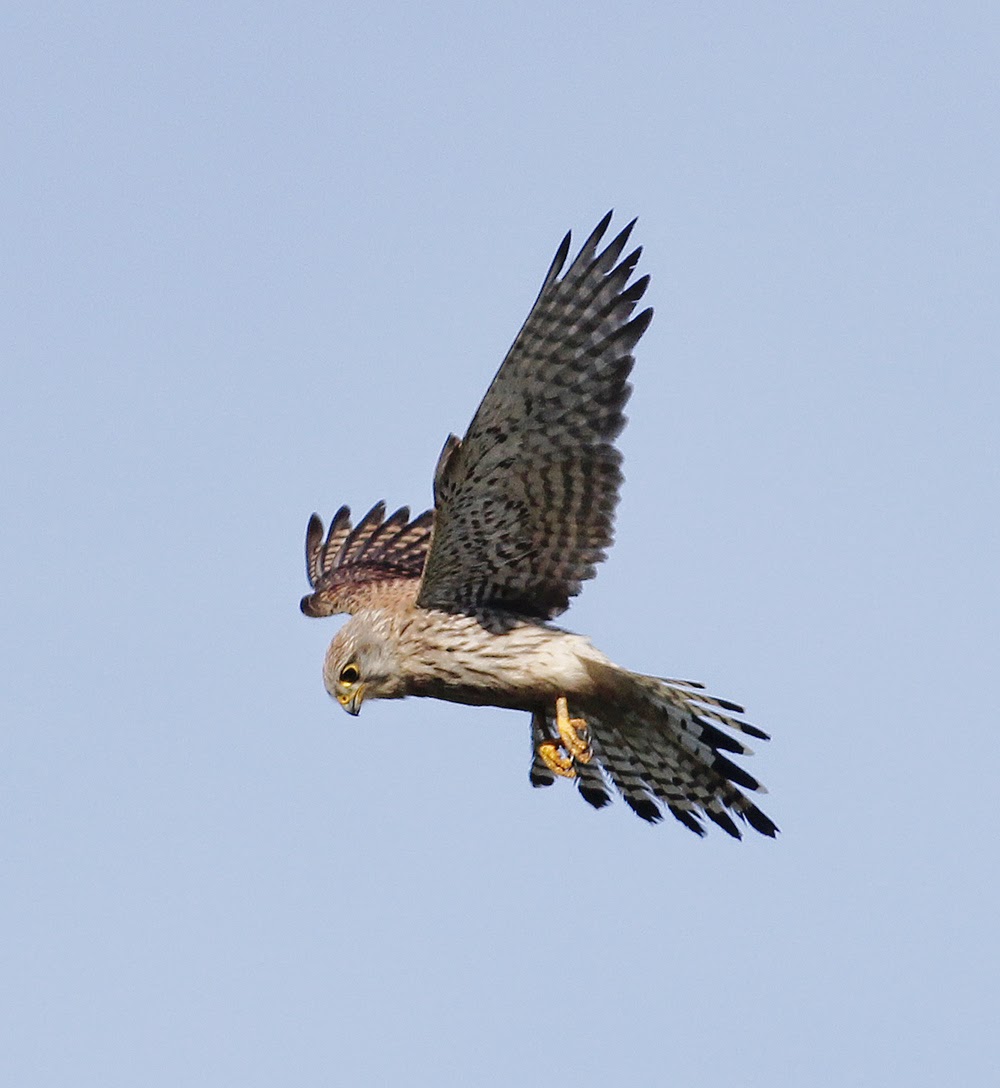Mid-June and It’s a struggle to come up with news or pictures today. Many birds are lying low, in the throes of breeding, moulting their feathers or in some cases both. But Another Bird Blog doesn’t give up that easily and I was out Pilling way as usual even though a little later than normal.
Imagine my surprise to see at 0930 a Red Fox strolling across the often busy lane, the animal crossing from one part of the wood towards another. I saw it early and then slowed the car hoping the fox wouldn’t notice before I stopped for a photo, but just as the car came to a halt the animal melted into the undergrowth, so no picture to show.
As usual I was left with mixed feelings about the thrill of seeing and wanting to photograph a predator with a repuation as bad as a fox. This particular fox may be living on borrowed time if it chooses to stay around “the shoot” environs. Come the month of August thousands of Red-legged Partridges will be released in preparation for the sporting season whereby nothing should hinder its success.
Red-legged Partridge
There were 3 Kestrels this morning, the pair at Fluke Hall and one near the nest box at Damside. I think both pairs now have young to feed so actively do they hunt at the moment. One male had leftovers of the last meal attached to his bill and was already on the lookout for another family meal.
Kestrel
In the woodland and along the hedgerows I found 6/8 Whitethroat, 1 Blackcap, 1 Chiffchaff, 2 Song Thrush, 2 Great-spotted Woodpeckers and a single Buzzard. Later another Buzzard was circling over Head Dyke, for such a large raptor an effortless flap and glide from Fluke Hall.
Needless to say, I walked the (sea) wall where I suppose that even now I’ve not abandoned all hope of finding evidence of Lapwing, Oystercatcher or Redshank chicks. It can be the case that adults lead their broods of young from inland fields to the coast where they all feed in the still wet drainage channels and ditches, but still no sign of new youngsters today, just the calls and brief attentions of the one Lapwing pair with their single chick. Half a dozen Redshanks and five or six Oystercatchers showed no signs of concern at my passing by or even to escort me off the premises as they do when youngsters are in tow.
Along the sea wall signs of post-breeding with several extra Curlews, 3 Grey Heron and 50+ Shelduck.
Back home has seen a number of Goldfinches in the garden, up to 15 at a time, with a number of fresh juveniles learning the whys and wherefores of niger seed. It’s hard to believe that those rather dull looking juveniles will turn into our handsome UK Goldfinch.
Goldfinch
Goldfinch
Rather unexpectedly I caught a Treecreeper, an adult female which showed signs of feathering over a recent brood patch. The Treecreeper is another of those species which has suffered local declines and although there are copses and stands of trees quite near home, Treecreepers are generally much more difficult to find than ten or twenty years ago.
Treecreeper
There’s a full day pass tomorrow. Log in to Another Bird Blog on Friday so see if the birding moved up a gear or two.
That Kestrel on a barbed wire fence means a link to Theresa's Run A Round Ranch is in order.
Linking Saturday to Eileen's Saturday Critters.
That Kestrel on a barbed wire fence means a link to Theresa's Run A Round Ranch is in order.
Linking Saturday to Eileen's Saturday Critters.














































































